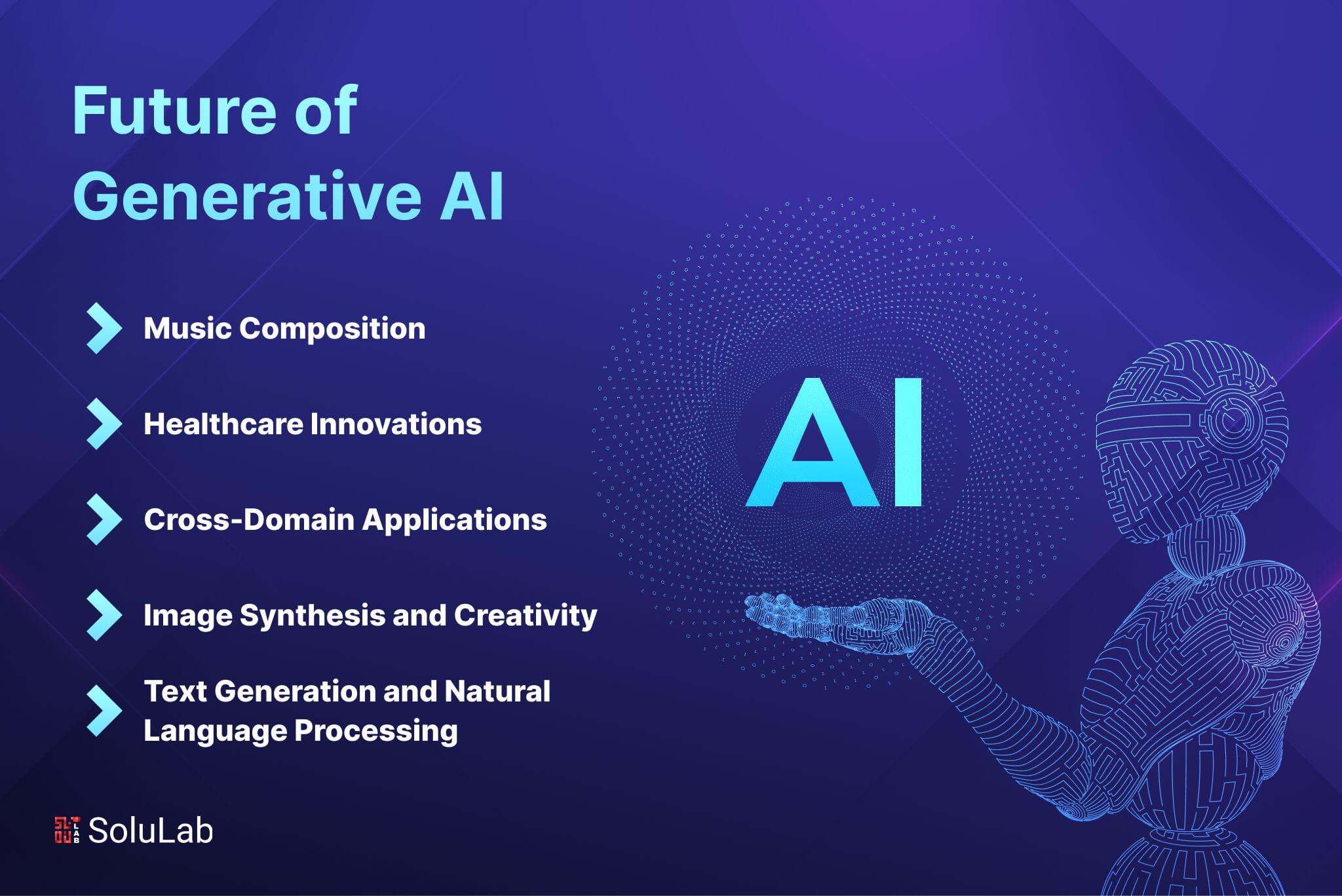Unlocking Potential: Generative AI Revolutionizes Banking Now
In an era where technology reshapes the dynamics of industries, the banking sector stands at the cusp of a transformation propelled by generative artificial intelligence. Once seen as a realm dominated by traditional processes and rigid protocols, banking is now embracing innovative solutions that not only enhance efficiency but also redefine customer experiences. Generative AI, with its ability to create content, analyze vast datasets, and predict consumer behavior, is emerging as a game-changer. As financial institutions strive to adapt to a rapidly evolving landscape, understanding how this groundbreaking technology can unlock new potential is key to navigating the future of finance. In this exploration, we delve into the ways generative AI is revolutionizing banking, driving seamless transactions, personalizing services, and fostering improved risk management, all while challenging the conventional notions of this age-old industry.
Transforming Customer Experience through Personalized Banking Solutions
As the financial landscape evolves, personalized banking solutions have emerged as a critical differentiator in enhancing customer experience. By leveraging generative AI, banks can now analyze vast amounts of customer data to create tailored services that meet individual needs. This technology enables financial institutions to understand patterns in customer behavior, preferences, and financial habits, resulting in offerings that resonate deeply with their target audience. With AI-driven insights, banks can provide:
- Customized Product Recommendations: Suggesting loans, credit cards, or investment opportunities based on individual financial profiles.
- Dynamic Pricing: Adjusting rates for loans or savings accounts according to personalized risk assessments.
- Proactive Service Interventions: Alerting customers to potential financial issues before they escalate.
Moreover, the integration of chatbots powered by generative AI enhances customer interactions, making them more efficient and engaging. These intelligent systems can handle inquiries in real time, providing personalized advice and support around the clock. This not only improves customer satisfaction but also fosters a sense of loyalty as clients feel valued and understood. The potential applications of generative AI in banking include:
| AI Application | Description |
|---|---|
| Virtual Financial Advisors | AI-driven advisors that offer personalized financial planning and investment strategies. |
| Fraud Detection | Advanced algorithms that identify unusual spending patterns, enhancing security. |
| Automated Customer Support | Chat solutions that respond to FAQs and guide users through complex processes. |

Enhancing Risk Management and Fraud Detection with AI Innovations
In the evolving landscape of banking, the integration of AI technologies has ushered in a new era of risk management and fraud detection. Financial institutions are leveraging machine learning algorithms and predictive analytics to enhance their ability to identify and mitigate potential risks. By analyzing vast datasets in real-time, AI systems can detect unusual patterns and anomalies that may signify fraudulent behavior. These innovations allow banks to shift from traditional, rules-based approaches to a more dynamic, data-driven strategy, significantly reducing the likelihood of false positives while improving overall efficacy.
Furthermore, intelligent automation tools facilitate a proactive approach to risk assessment. Key benefits include:
- Real-time monitoring: Continuous analysis of transactions to identify and respond to suspicious activities almost instantaneously.
- Enhanced customer insights: Understanding customer behaviors and preferences helps banks tailor their services while minimizing risk.
- Regulatory compliance: Streamlining compliance processes by automating risk assessment and reporting tasks, thus ensuring adherence to evolving regulations.
| AI Innovation | Impact on Banking |
|---|---|
| Fraud Detection Algorithms | Increased accuracy and speed in identifying fraudulent activities. |
| Risk Assessment Models | More informed decision-making and improved credit scoring. |
| Sentiment Analysis | Enhanced understanding of customer needs and potential risks. |

Streamlining Operations and Efficiency with Automated Processes
In an era where speed and accuracy are paramount, the integration of automated processes stands as a game changer in the banking sector. By harnessing the capabilities of generative AI, financial institutions can eliminate tedious manual tasks, allowing teams to focus on more strategic initiatives. This shift not only enhances productivity but also minimizes the potential for human error, ensuring higher accuracy in operations. Some key areas where automation is making its mark include:
- Customer Onboarding: Streamlined workflows that reduce processing times.
- Fraud Detection: Real-time monitoring and alerts powered by AI algorithms.
- Report Generation: Automated data compilation leading to rapid insights and decision-making.
Moreover, the shift towards automation paves the way for significant cost savings, allowing banks to allocate resources more effectively. With the ability to process large volumes of transactions seamlessly, institutions can enhance their service offerings while maintaining compliance with regulatory standards. Consider the following impacts of automation on operational efficiency:
| Aspect | Before Automation | After Automation |
|---|---|---|
| Transaction Processing Time | Hours | Minutes |
| Customer Query Response | Days | Real-time |
| Operational Costs | High | Reduced |

Fostering a Culture of Innovation in Financial Institutions
In today’s rapidly evolving landscape, financial institutions must embrace a mindset that champions creativity and experimentation. By fostering an environment that encourages ideas to flow freely, banks can harness the power of generative AI to pioneer innovative solutions. Implementing strategies like cross-functional teams, idea incubation programs, and open forums for feedback can help create a robust ecosystem where innovation thrives. This landscape not only drives improved customer experiences but also encourages employees to think outside the box, transforming traditional banking paradigms.
To truly unlock the potential of generative AI, leaders in financial institutions should prioritize the following key initiatives:
- Employee Training and Development: Providing resources that empower staff to understand and utilize AI technologies.
- Collaboration with Startups: Partnering with emerging tech companies to bring fresh ideas into the fold.
- Continuous Feedback Loops: Establishing mechanisms to regularly assess and iterate on innovation strategies.
| Initiative | Impact |
|---|---|
| Employee Training | Enhances understanding of generative AI capabilities |
| Partnerships | Brings in novel insights and technology |
| Feedback Mechanisms | Encourages a culture of continuous improvement |
Closing Remarks
As we stand at the precipice of a new era in banking, the transformative power of generative AI promises to redefine the contours of financial services. The ability to harness vast data sets with unprecedented speed and accuracy not only enhances operational efficiency but also paves the way for personalized customer experiences that were once considered a distant dream. As financial institutions continue to explore and implement AI technologies, the landscape of banking is set for profound change—one that holds the potential to democratize finance and elevate service accessibility for all.
In this dynamic interplay between technology and finance, the key lies in striking a balance between innovation and responsibility. By embracing the capabilities of generative AI, banks can unlock new avenues for growth, foster trust, and ultimately reshape the relationship between themselves and their customers. As we look forward to the myriad possibilities that lie ahead, one thing remains clear: the journey of unlocking potential has only just begun, and its impact will echo throughout the industry for years to come.
